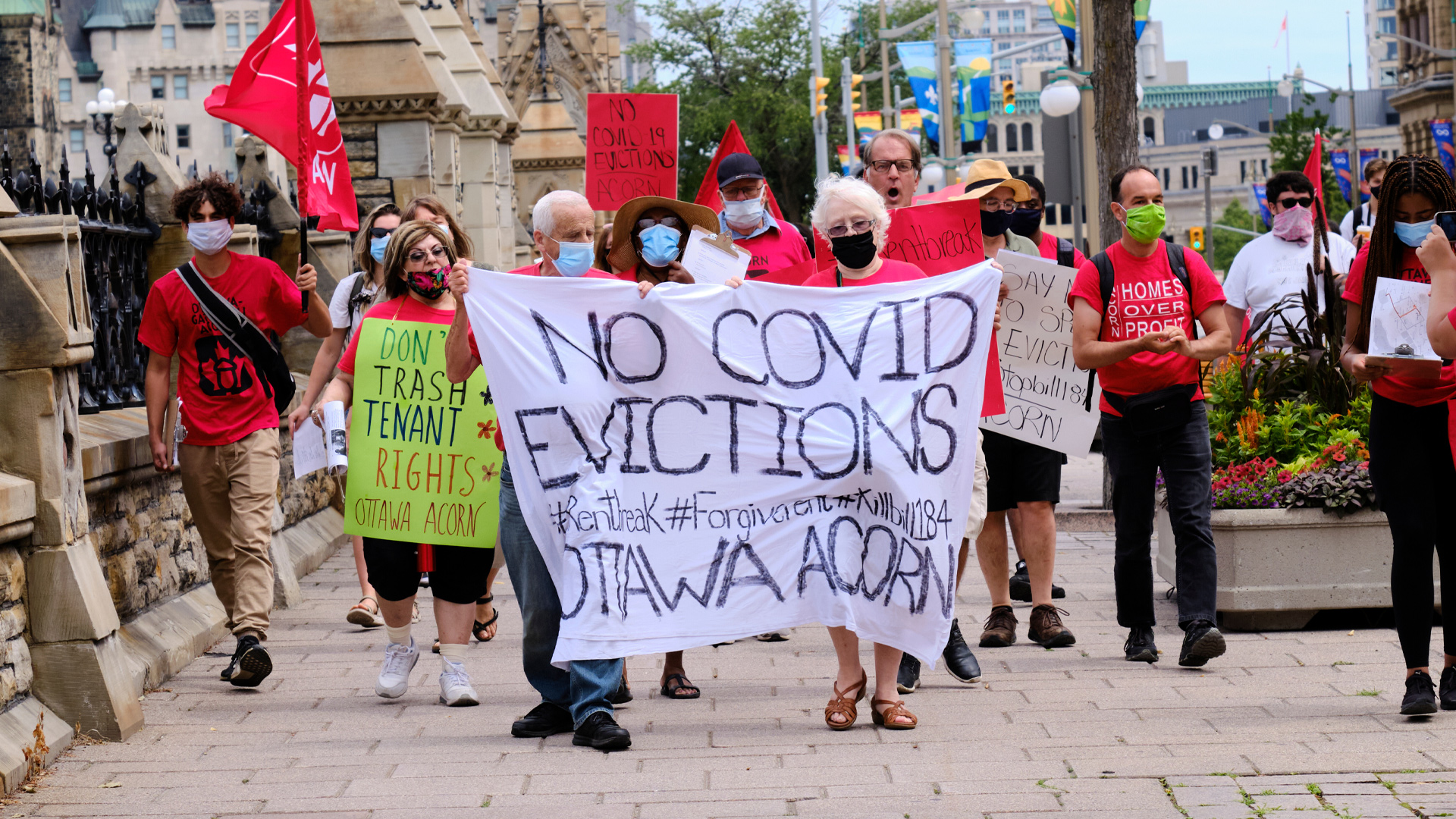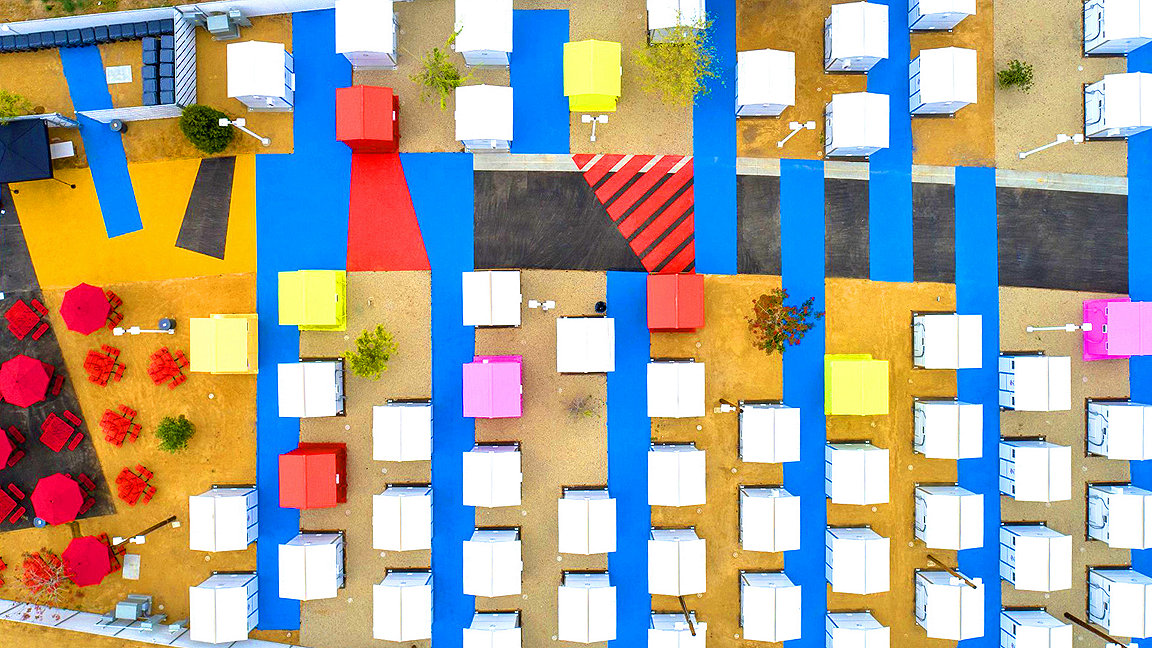
Alexandria Park tiny houses
Tiny homes first gained popularity as an alternative way of living in the 1970s, among people who wanted to downsize their houses for something more minimalist or live completely off-grid away from the hustle and bustle of city life.
Many years later the concept is yet to gain mainstream acceptance, despite Tesla CEO Elon Musk’s recent move to a $50,000 tiny house on the site of his SpaceX headquarters in Texas.
However, in the last decade, with so many countries experiencing a growing homelessness crisis, tiny homes have found their place in the world. Not as a lifestyle choice, but as low-cost shelter for people without a roof over their heads. In most cases, it’s a temporary fix before more permanent accommodation can be found – a lifeline for anyone whose home has been destroyed or taken away from them. During the pandemic, it suddenly became very important to get people off the streets, allowing them to isolate and to slow the spread of COVID-19.
Here are some tiny home projects around the world that prove good things can come in small packages.
USA
California has around 161,000 people without housing, 41,000 of whom live in the city of Los Angeles. Its housing crisis is nothing new – in 1976 authorities established the LA neighbourhood of Skid Row as a place with shelters and services for people living on the streets.
Now, Lehrer Architects have designed and created (working with Los Angeles’ Bureau of Engineering) two tiny home villages that are built on unused space. Alexandria Park provides shelter for up to 200 people in 103 micro homes, while Chandler Boulevard can house up to 75 people in 40 homes. Each of the 2.4m-wide cabins contain one or two beds and can be kitted out with a heater or air conditioning unit depending on the local climate. Chandler Boulevard was built in just 13 weeks and contains shared dining spaces, showers, laundry facilities and secure storage.
The brightly coloured tiny home villages are designed to be a temporary shelter, moving people off the streets until they can find more permanent accommodation. But with a lack of affordable housing in Los Angeles, that remains a major challenge.
Canada
A Calgary-based project led by the Homes for Heroes Foundation is providing shelter for homeless military veterans, which includes counselling services. The project is a collaboration between Homes for Heroes, a homelessness charity called Mustard Seed and Canadian energy company ATCO. The foundation’s stated aim is to “integrate homeless military veterans into the community through the provision of housing and support services across Canada.”
The homes are each under 28m2 but contain many features you’d find in a larger home including their own kitchen and bathroom, as well as a front porch. The homes are built in a U-shape facing onto a community garden.
James-Law-Cybertecture.jpg)
UK
A social enterprise called Social Bite is behind a tiny home village in Scotland’s capital Edinburgh that provides housing for up to 20 people in 10 two-bedroom houses. As well as support services, there is also a community hub where residents can cook and eat together. Social Bite says it expects residents to live in the village for 12-18 months, after which time they will be supported with their transition into permanent accommodation. Social Bite is also working with local employers to offer work experience to those living in the village.
Elsewhere in the UK, a modular housing project run by three social enterprises and the local council has just added six more homes on a Cambridge site where it had initially built four. The project is working with council to help people transition from sleeping on the streets into a better situation.
Australia
Housing organisation AccordWest is trialling three tiny homes in the state of Western Australia, where 10,000 people are thought to be experiencing homelessness. The three 30m2 houses built in Bunbury accommodate tenants for up to six months while they find long-term housing. A social worker is also on hand to help them work towards goals in areas such as employment, substance abuse, education and financial issues.
Germany
Germany estimates it has a homeless population of 860,000 people. In the southern city of Ulm, where freezing winter temperatures are common, weatherproof sleeping pods have been introduced in areas where people are known to sleep rough regularly. They are not an alternative to proper housing, but instead provide emergency shelter to those with no other options.
The pods, known as Ulmer Nests, have been designed by Ulm-based start-up companies Bootschaft and Widerstand und Söhne, along with computer scientist Florian Geiselhart. They have solar panels and sensors that monitor temperature, humidity, smoke and carbon dioxide levels. They can be locked from the inside and when someone is occupying them a signal is sent to social workers so that they can clean the pod afterwards or offer assistance to the occupant.
Hong Kong
James Law Cybertecture has designed a home within a large concrete water pipe, called an OPod, as a solution to the lack of affordable housing and building space in Hong Kong. While the cylindrical homes have been criticised as being too small for a permanent housing solution, it has been suggested they could provide temporary accommodation to people living on the streets. Within 9.29m2 of space, they can fit a bed, bathroom and kitchen. And because of their shape, they could also be easily stacked on top of one another to create multiple units.

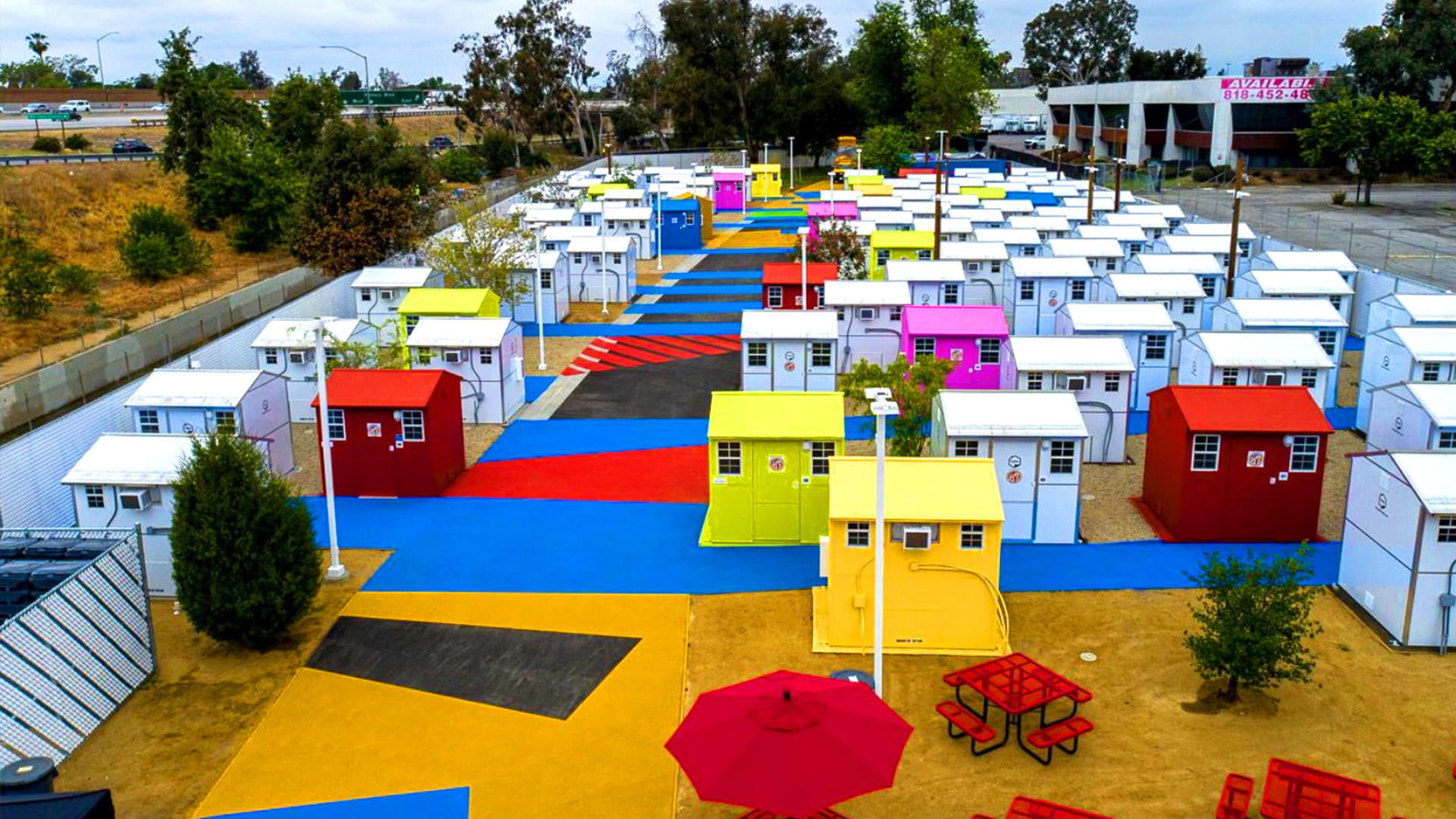
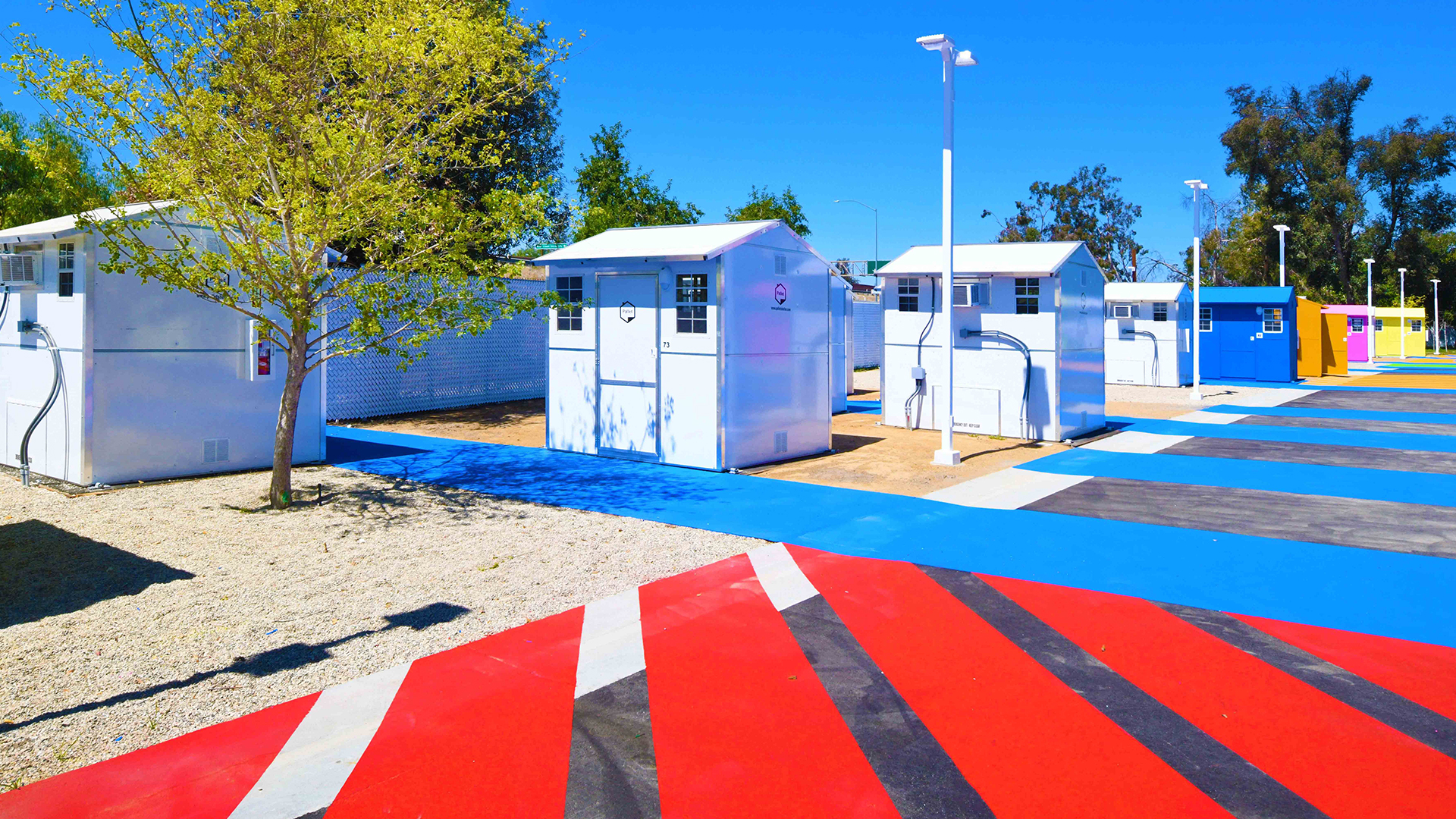
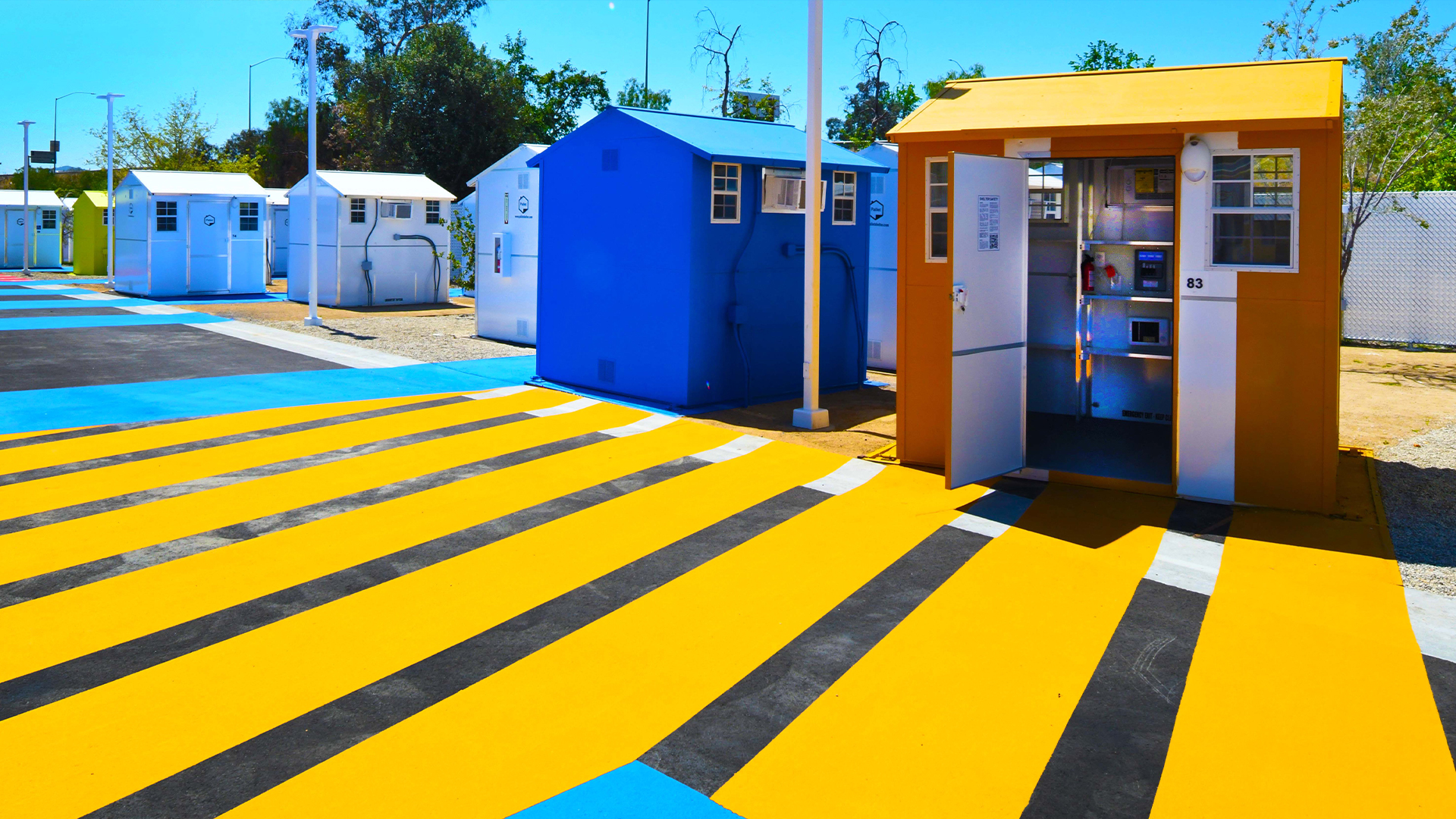
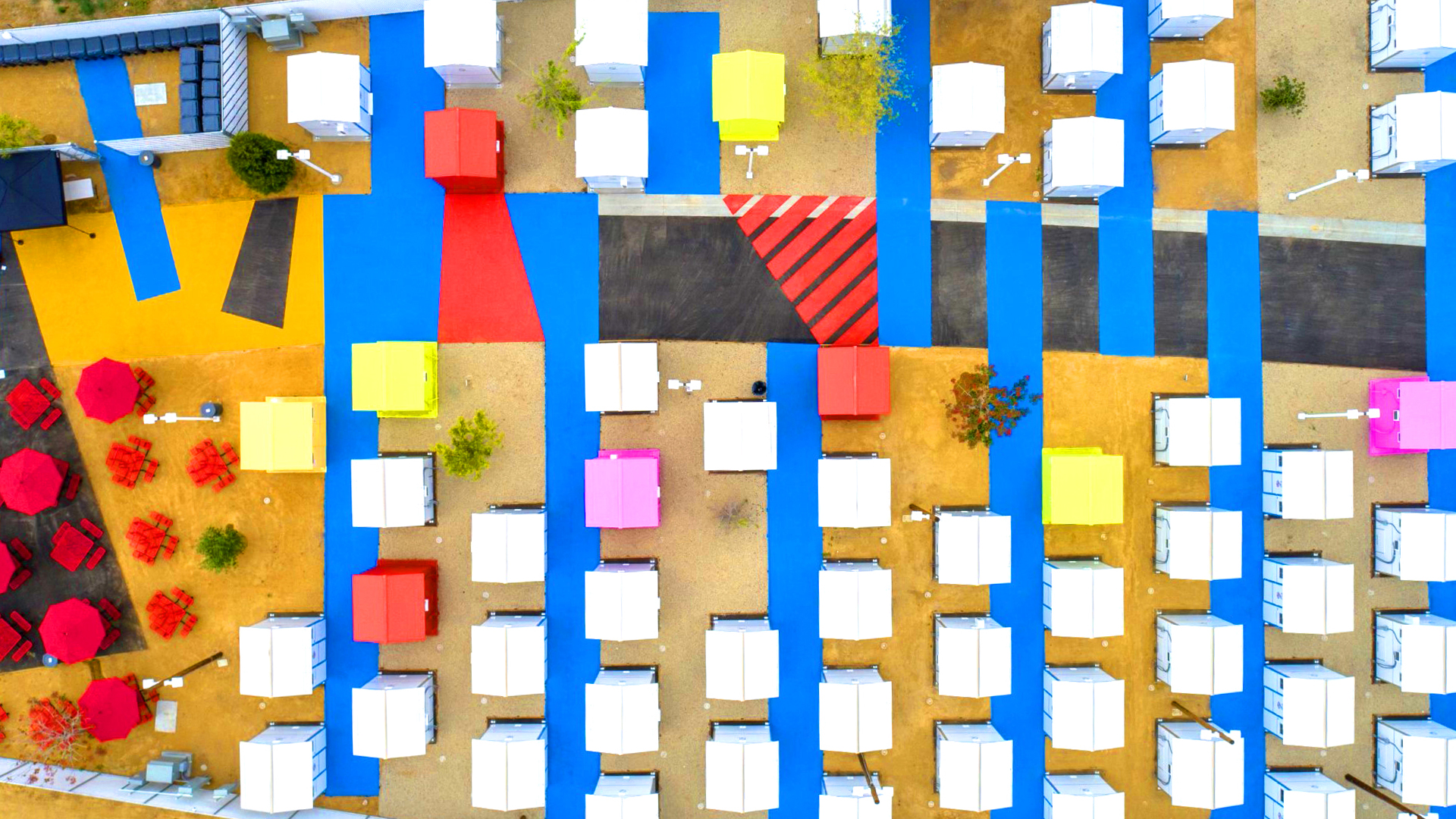
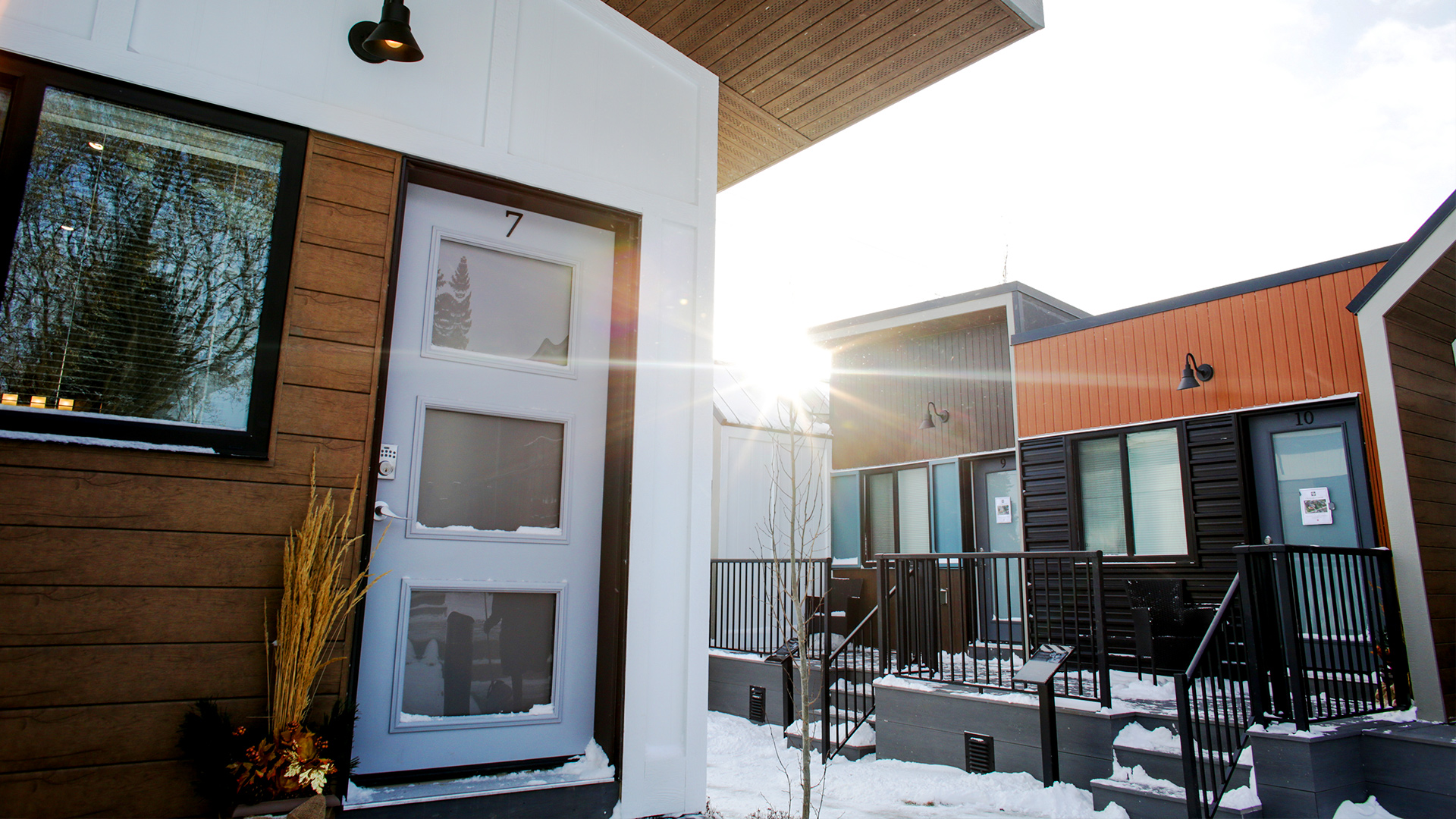
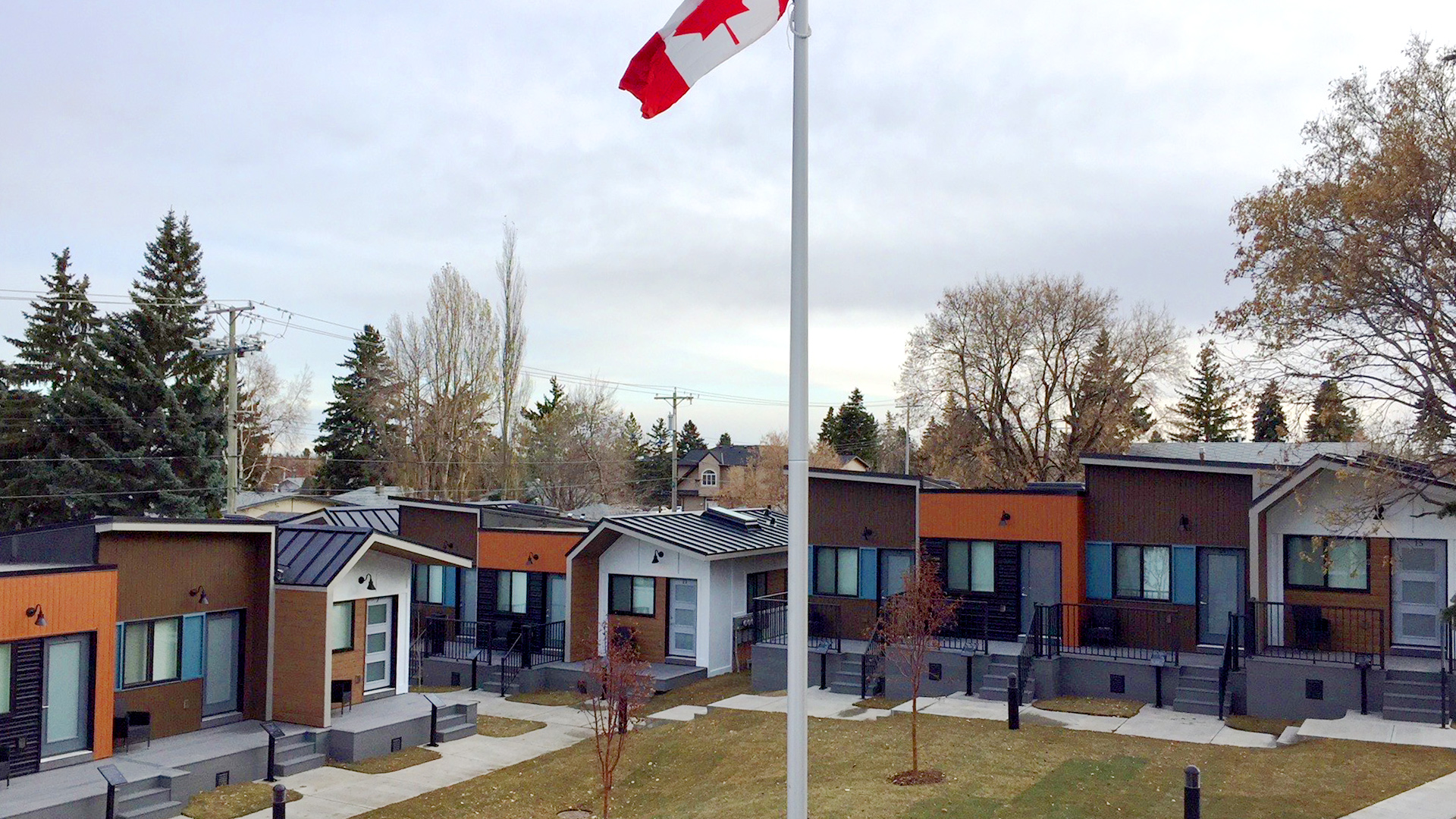
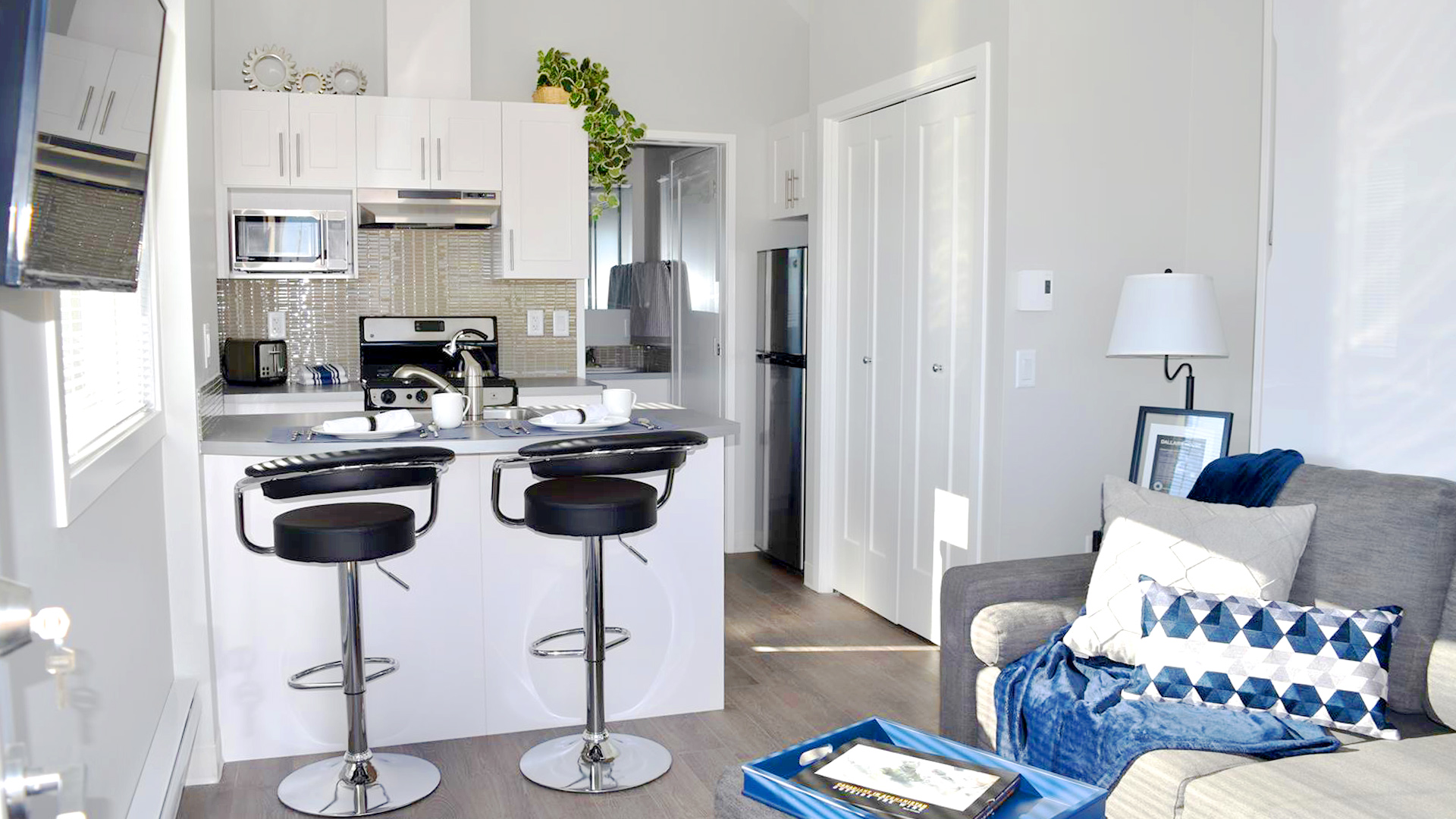
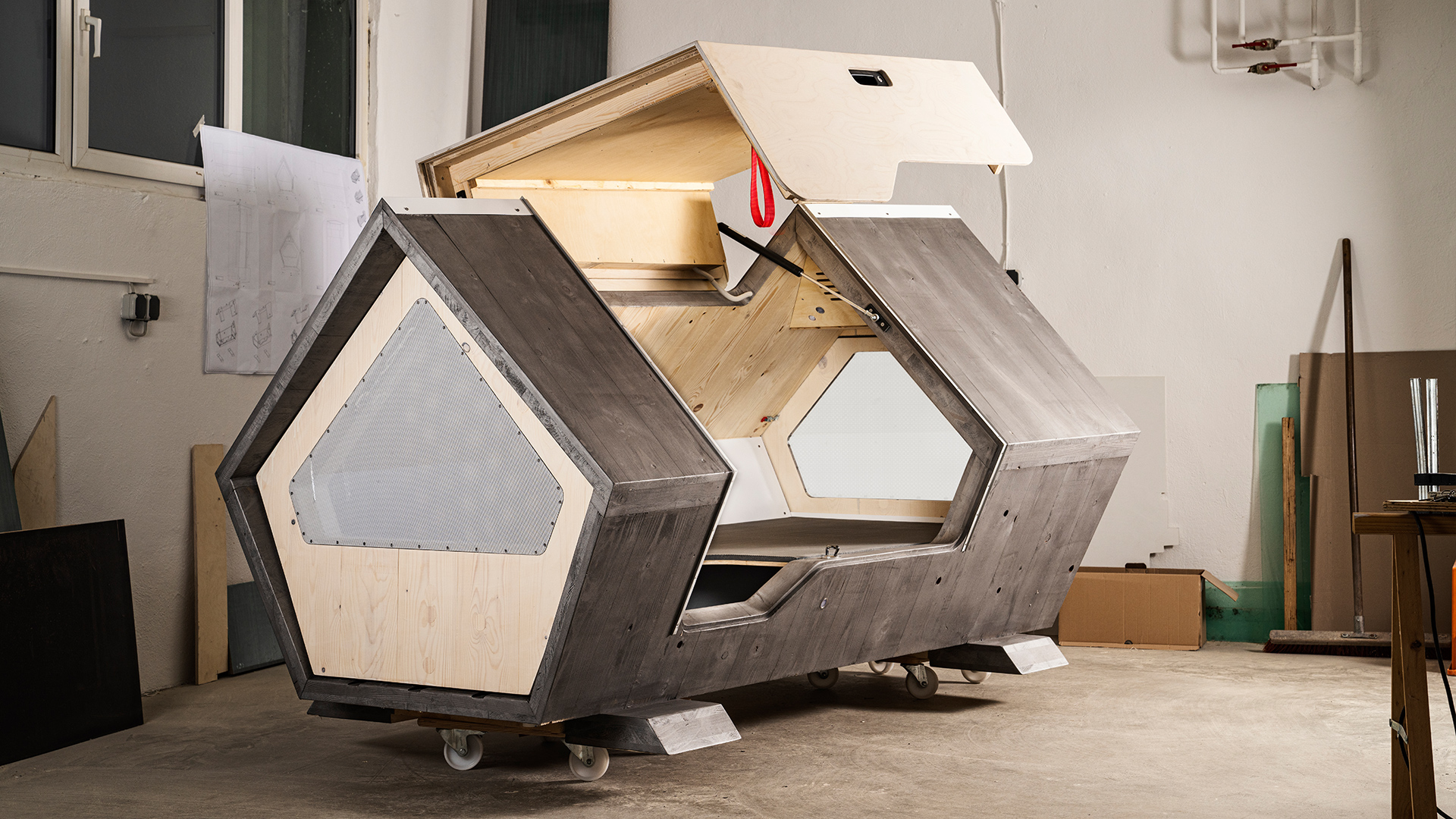
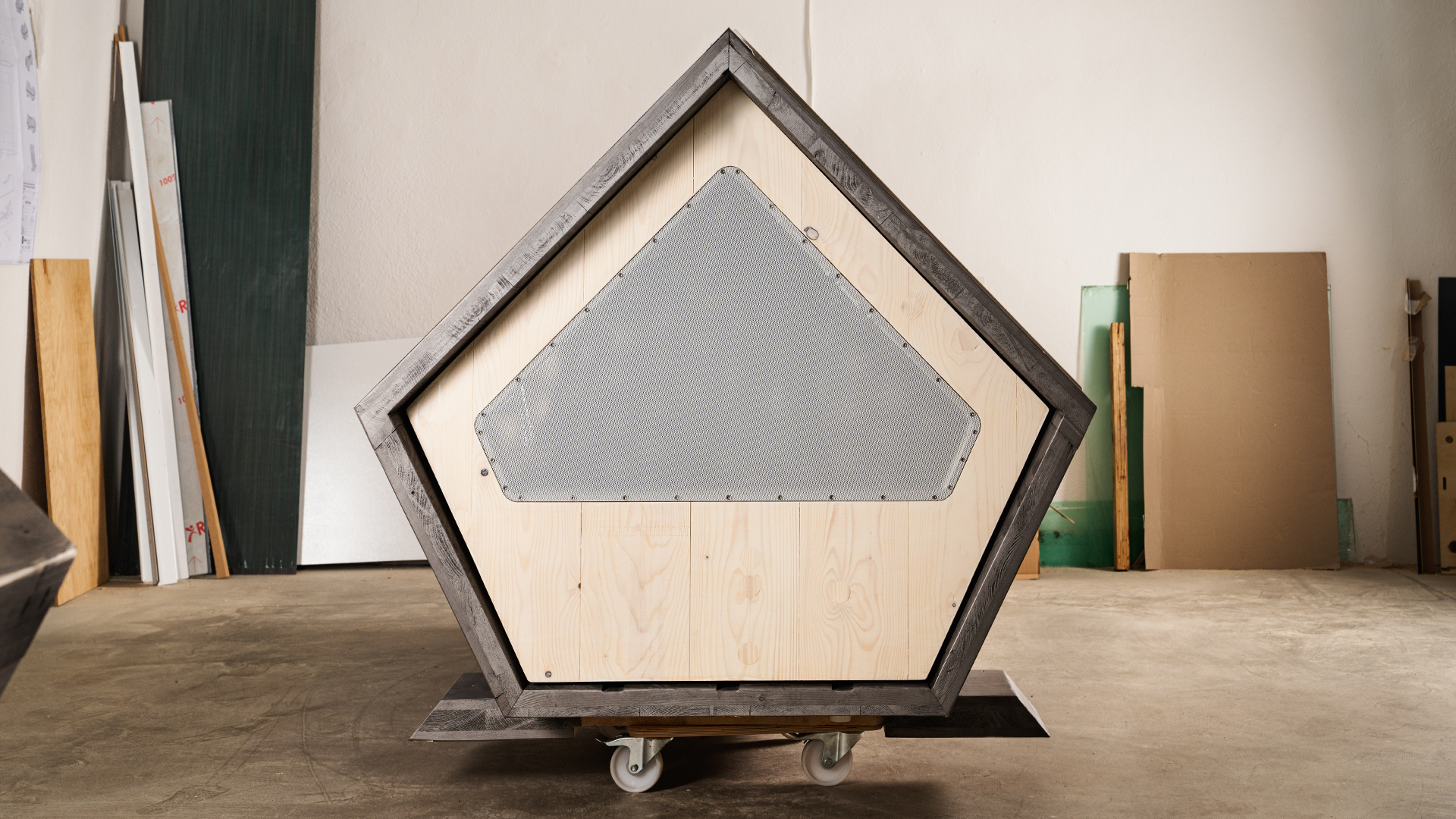
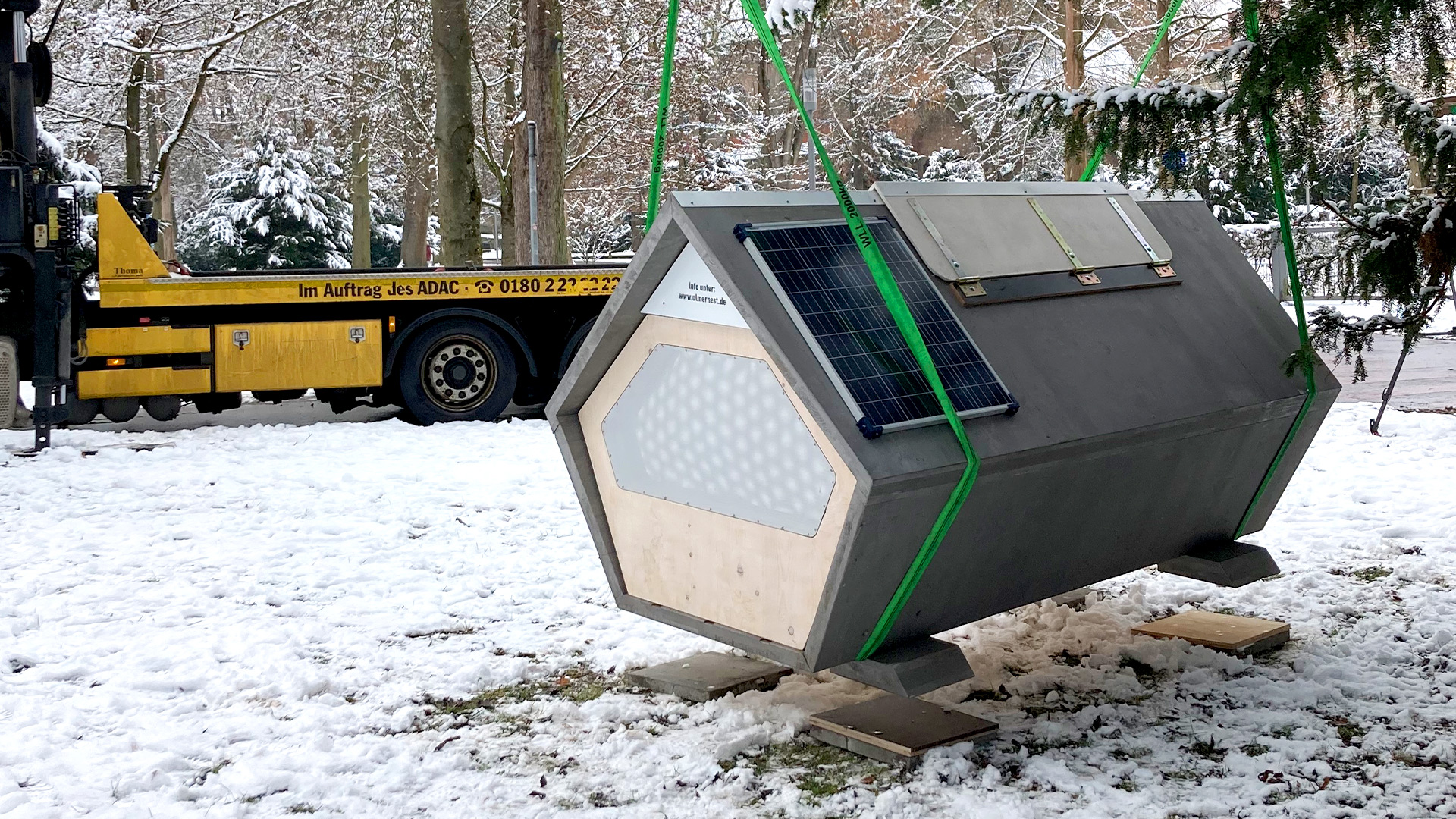
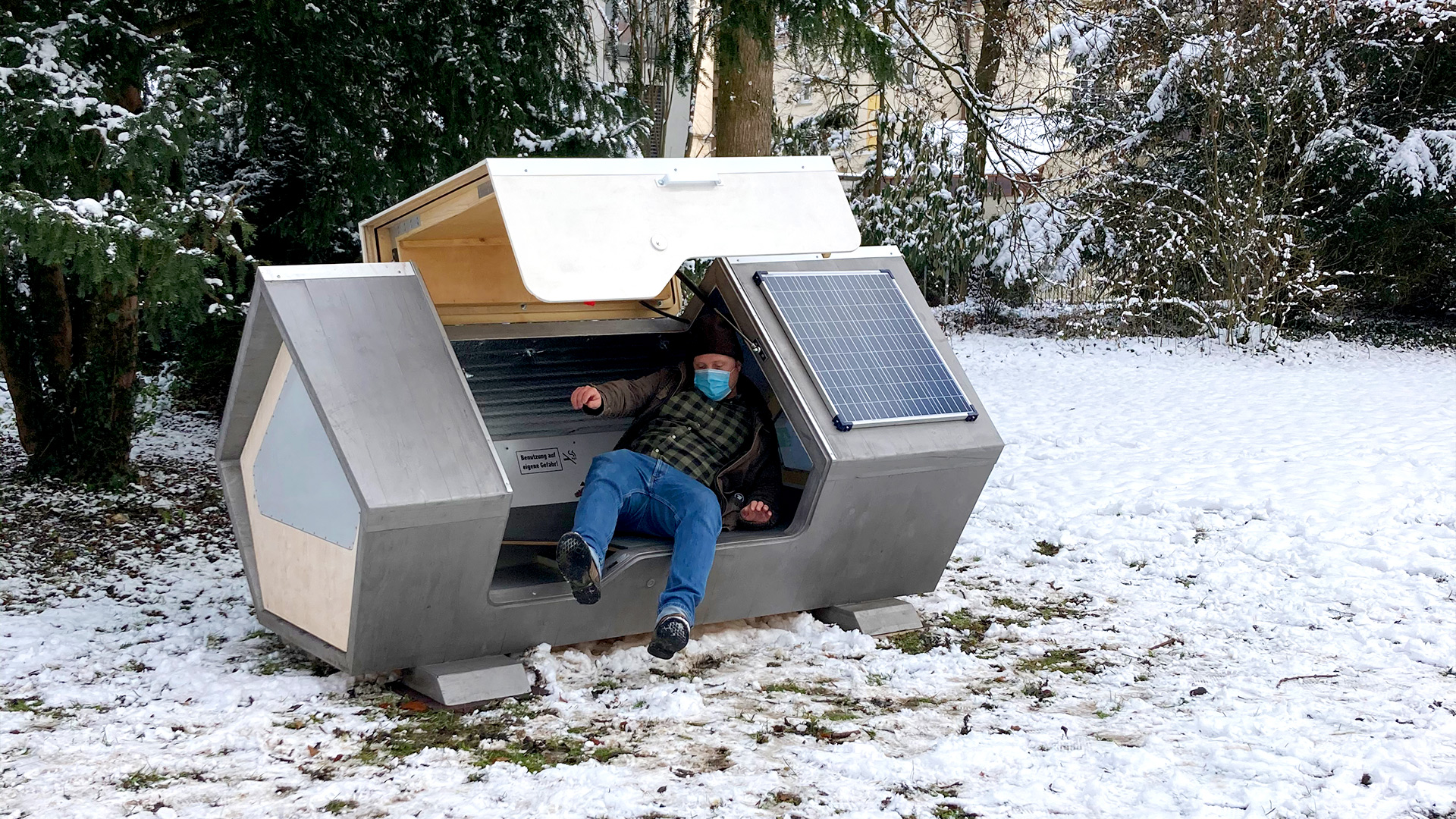
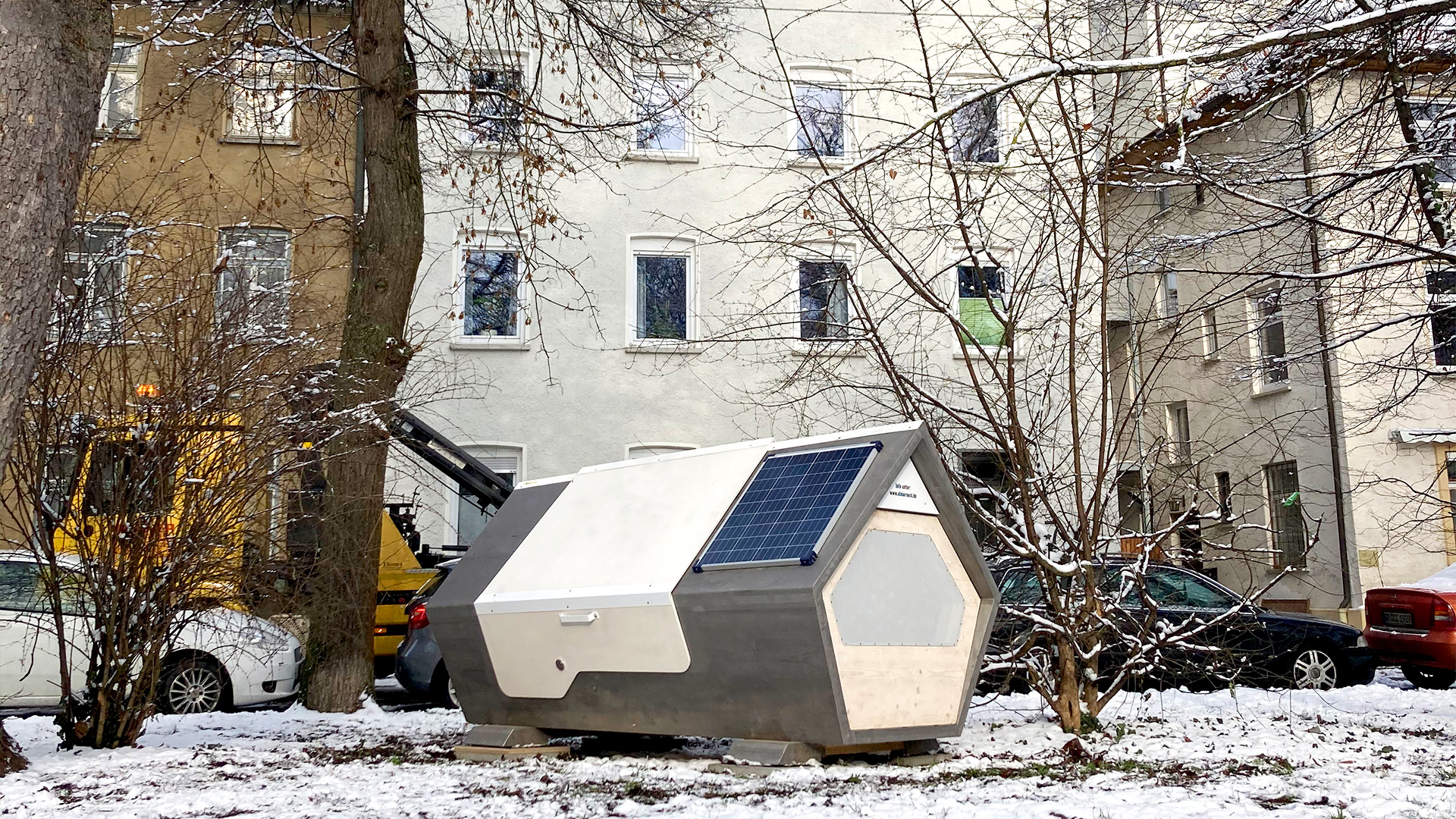
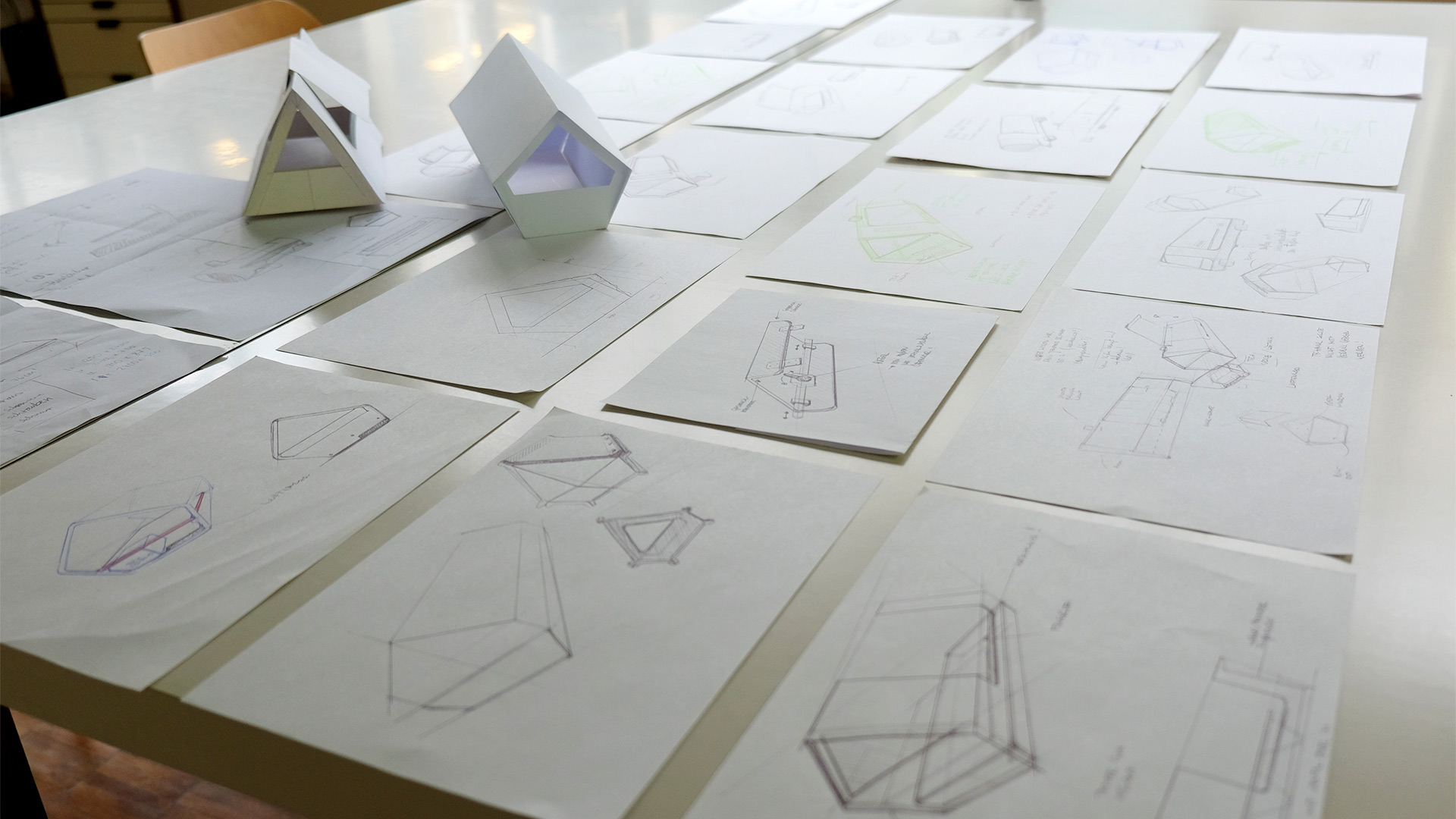
James-Law-Cybertecture.jpg)
James-Law-Cybertecture.jpg)
James-Law-Cybertecture.jpg)
James-Law-Cybertecture.jpg)

